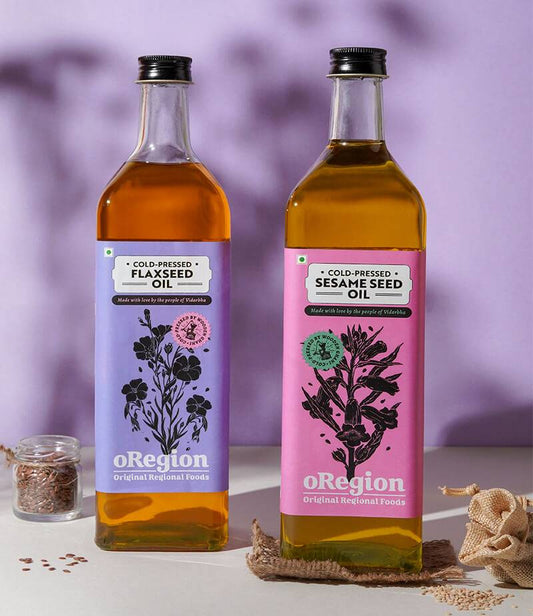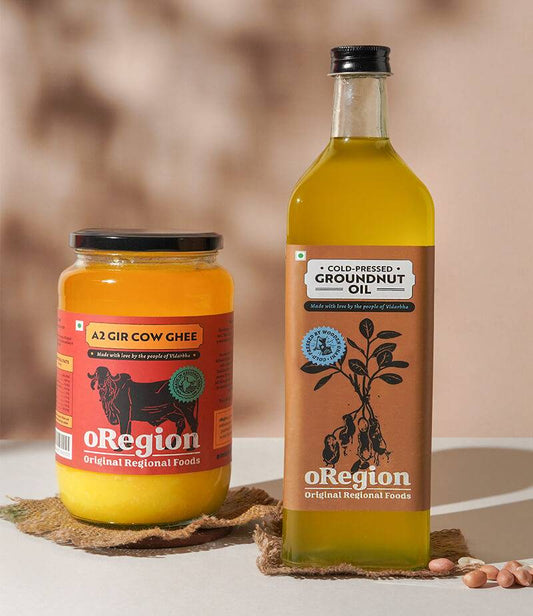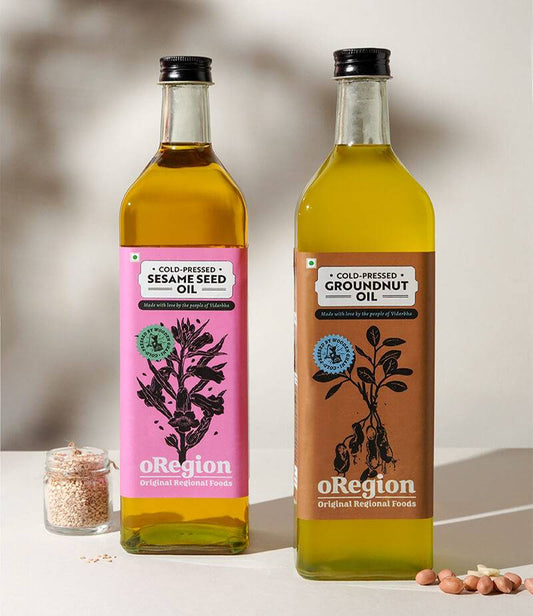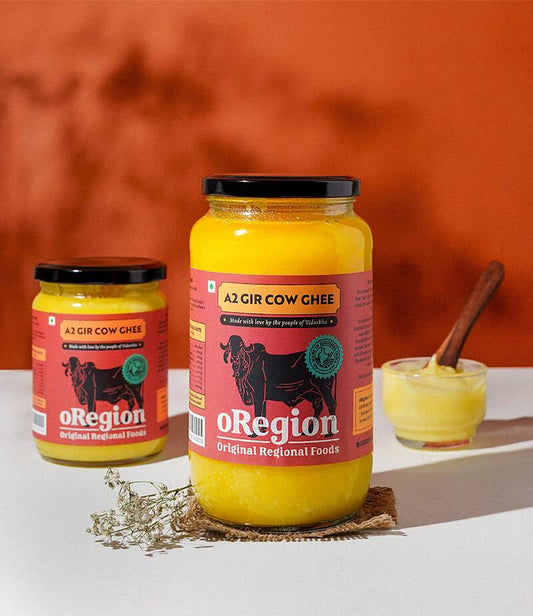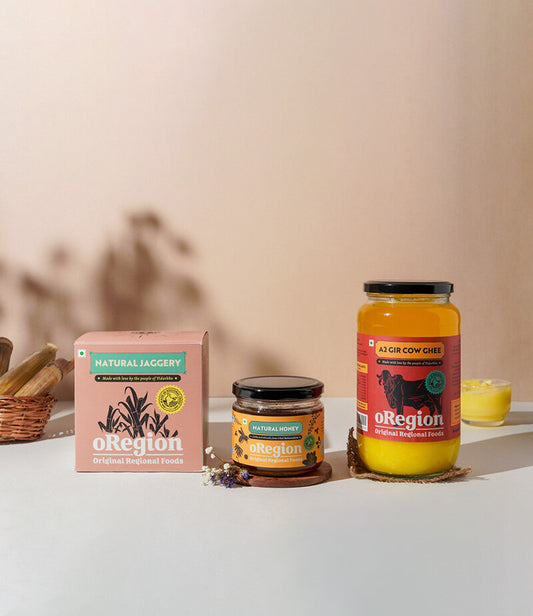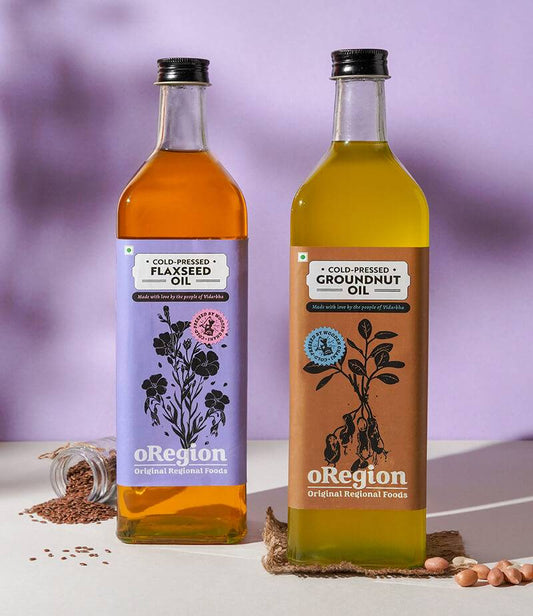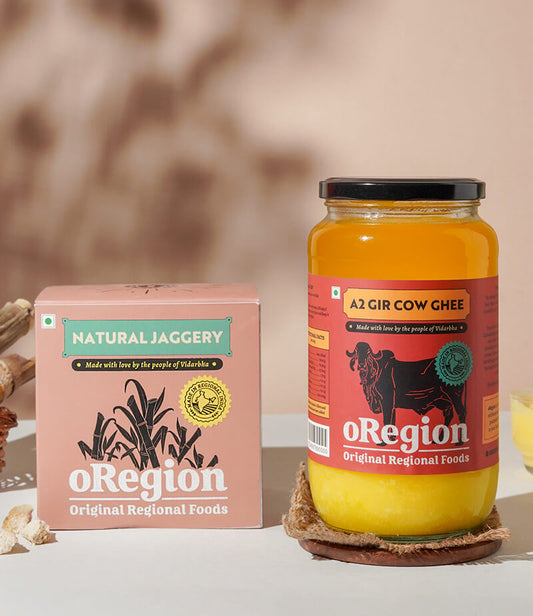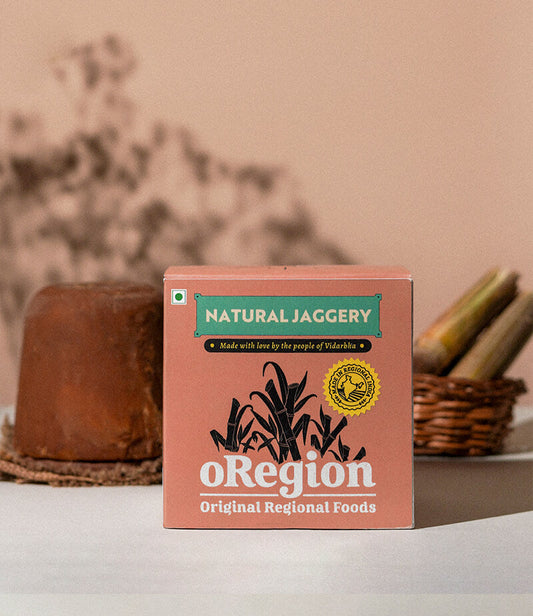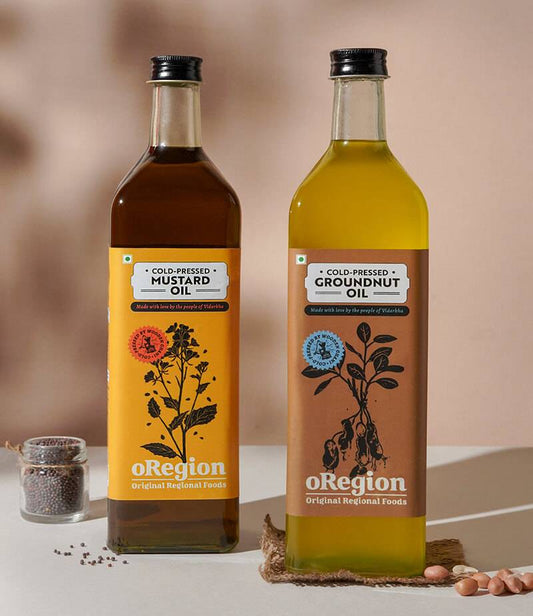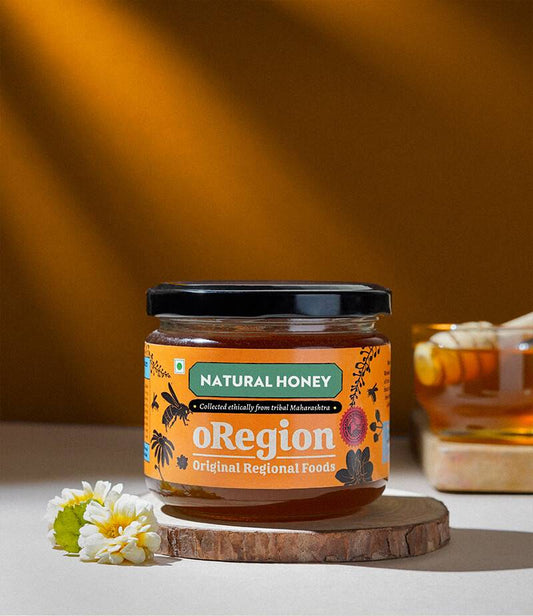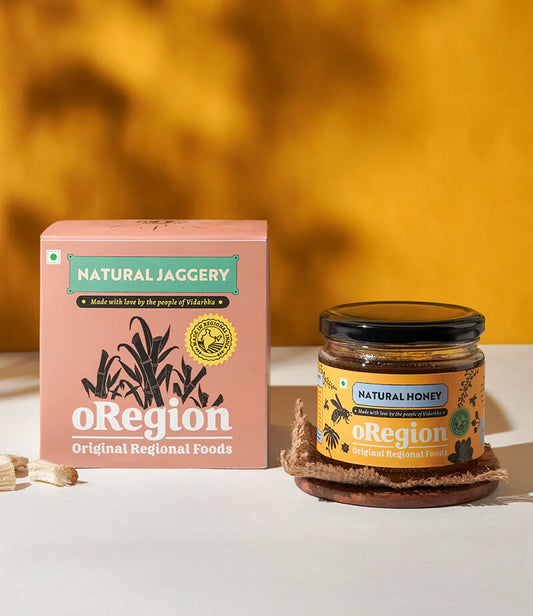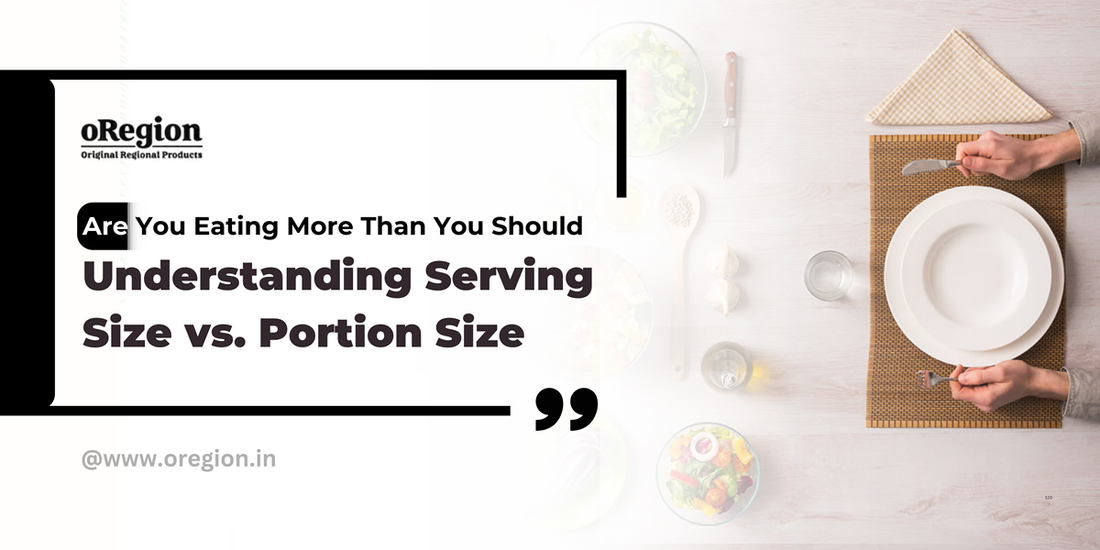
Are You Eating More Than You Should? Understanding Serving Size vs. Portion Size
By oregion foodsHave you ever poured yourself a bowl of cereal, only to realize you’ve eaten two or three times the recommended amount? Many of us unknowingly consume more than we need simply because we confuse portion sizes with serving sizes. This misunderstanding can lead to overeating, affecting our health and nutrition. In this article, we’ll break down the difference between serving size and portion size, clear up common misconceptions, and explain how mindful eating can help maintain a balanced diet.
Common Misconceptions About Serving Size vs. Portion Size
One of the biggest mistakes people make is assuming that serving size and portion size are the same. While they are related, they serve different purposes.
-
Myth 1: Serving Size and Portion Size Are Identical
A serving size is a standard measurement defined by nutrition guidelines or food labels, while a portion size is the actual amount of food you choose to eat at any given time. -
Myth 2: If It’s on My Plate, It Must Be the Right Amount
Many restaurants serve oversized portions, leading people to believe they are eating the right amount when they may be consuming double or even triple the recommended serving. -
Myth 3: Healthy Foods Don’t Have Portions
Even nutritious foods like honey, Gir Cow Ghee, and cold-pressed oils need to be consumed in moderation. For example, raw honey is packed with antioxidants, but too much sugar—even from natural sources—can have negative health effects.
What is Serving Size?
A serving size is a standardized amount of food, often listed on nutrition labels to help consumers understand calorie and nutrient intake. It is usually defined by:
-
Government food guidelines (e.g., USDA, FDA)
-
Manufacturers based on average consumption patterns
-
Specific dietary recommendations
How Serving Size Works
Serving sizes are useful for understanding the nutritional content of food. For example:
-
One serving of pure honey (about 1 tablespoon) contains approximately 60 calories and 17 grams of carbohydrates.
-
A serving of Gir Cow Ghee is about 1 teaspoon, providing around 45 calories and 5 grams of fat.
-
Cold-pressed mustard oil has a serving size of 1 tablespoon, which contains about 120 calories and 14 grams of fat.
Following serving sizes can help maintain a balanced intake of calories, fats, proteins, and carbohydrates.
What is Portion Size?
A portion size is the amount of food you actually eat, which may be larger or smaller than the serving size. It varies based on:
-
Personal appetite
-
Cultural habits
-
Restaurant serving norms
-
Packaging sizes
How Portion Size Affects Health
Over time, eating larger portions can lead to excessive calorie intake, weight gain, and lifestyle diseases such as obesity and diabetes. For instance:
-
Drinking a large cup of tea with multiple teaspoons of raw honey can add unnecessary calories.
-
Cooking with excessive mustard oil can lead to high fat consumption.
-
Spreading more than a teaspoon of A2 Gir Cow Ghee on roti increases saturated fat intake beyond healthy limits.
The Science Behind Serving and Portion Control
Scientific research highlights the importance of portion control in maintaining a healthy diet. Studies suggest that people tend to eat more when served larger portions, a phenomenon known as portion distortion.
The Delboeuf Illusion, a psychological effect, also plays a role—larger plates make portions appear smaller, tricking the brain into consuming more. This is why mindful eating strategies, such as using smaller plates and measuring portions, are effective for weight management.
How to Control Portion Sizes Effectively
1. Read Nutrition Labels Carefully
Check the serving size on packaged foods to avoid overeating. For instance, a bottle of organic pure honey may list its serving as 1 tablespoon, but consuming multiple tablespoons significantly increases sugar intake.
2. Use Measuring Tools
Instead of guessing, use measuring cups and spoons to ensure proper portions. A tablespoon of Cold Pressed Flaxseed Oil is sufficient for a salad dressing, while a teaspoon of wood-pressed mustard oil is enough for cooking a meal.
3. Serve on Smaller Plates
Using smaller bowls and plates naturally reduces portion size without feeling deprived. This method is particularly useful for high-calorie items like A2 Bilona Ghee or extra virgin Cold Pressed Oils.
4. Be Mindful of Restaurant Portions
Restaurants tend to serve oversized meals. Split dishes, order half-portions, or take leftovers home to avoid overeating.
5. Follow the Hand Guide for Estimating Portions
-
Protein (Chicken, Fish, Lentils) – Palm-sized portion
-
Carbohydrates (Rice, Whole Grains, Honey) – Fist-sized portion
-
Fats (Mustard Oil, Ghee, Flaxseed Oil) – Thumb-sized portion
-
Vegetables – Two cupped hands
The Role of Healthy Fats in Portion Control
Fats like oRegion cold-pressed flaxseed oil and organic Gir Cow Ghee are essential for a balanced diet. However, consuming them in excess can lead to weight gain. The key is moderation and mindful consumption:
-
Flaxseed oil is a great omega-3 supplement, but stick to 1 tablespoon per day.
-
Cold Pressed Mustard Oil enhances immunity, but only 1-2 tablespoons should be used in daily cooking.
-
A2 Gir Cow Ghee offers digestive benefits, but a teaspoon per meal is recommended.
Conclusion
Understanding the difference between serving and portion size is crucial for maintaining a balanced and healthy diet. Many people unknowingly over consume even healthy foods like honey, cold-pressed oils, and Gir Cow Ghee, leading to excess calorie intake. By practicing portion control, reading labels, and being mindful of food choices, we can make healthier decisions and improve overall well-being.
Whether you're using raw Honey in tea, mustard oil for cooking, or flaxseed oil as an omega-3 supplement, remember that moderation is the key to health. Take control of your portions today and enjoy a balanced, nutrient-rich diet with oRegion’s premium range of natural and organic products!
